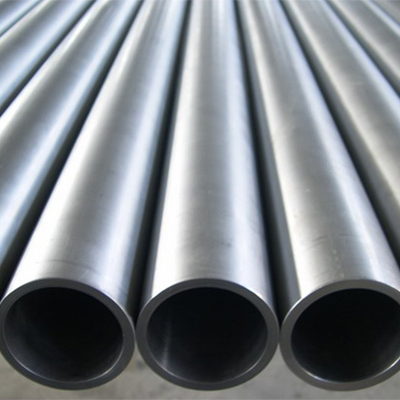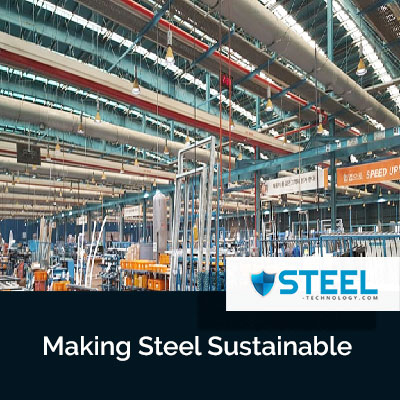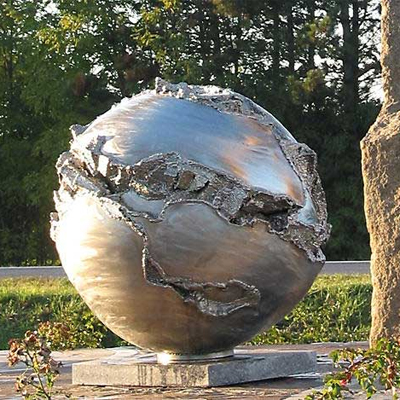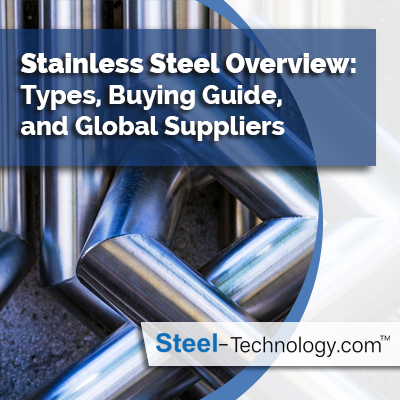Steel Coatings and Finishes: Meeting Industry-Specific Requirements
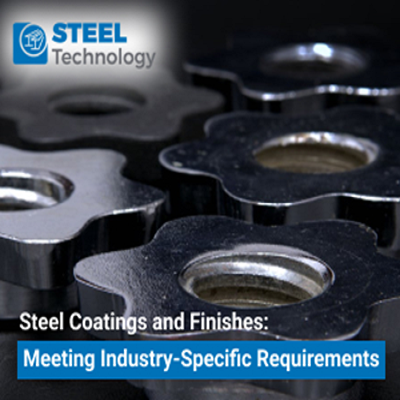
In the world of construction and manufacturing, steel has long been regarded as the backbone of modern infrastructure. Its exceptional strength, durability, and versatility make it a cornerstone material in various industries. However, to ensure the longevity and resilience of steel, the application of suitable coatings and finishes is imperative. These coatings not only enhance the aesthetic appeal of steel structures but also serve as a protective shield against environmental factors, corrosion, and wear and tear. Understanding the nuances of steel coatings and finishes and their relevance to industry-specific requirements is pivotal for ensuring the durability and performance of steel-based products and structures.
Understanding the Importance of Steel Coatings
Steel, while robust and resilient, is susceptible to corrosion when exposed to moisture and certain chemicals. Corrosion can significantly weaken steel structures, compromising their integrity and safety. Steel coatings act as a safeguard, forming a protective layer that shields the underlying steel from the detrimental effects of moisture, chemicals, and other environmental elements. They serve as a barrier, preventing the onset of rust and corrosion, thereby extending the lifespan of steel structures and components.
Types of Steel Coatings and Finishes
1. Galvanized Coatings: Galvanization involves applying a protective zinc coating to steel, offering exceptional resistance against corrosion. This process is particularly effective in industries such as construction, automotive, and agriculture where steel is exposed to harsh environments and fluctuating weather conditions.
2. Paint Coatings: Painting is one of the most common methods of providing protective coatings on steel. Various types of paint, including epoxy, polyurethane, and acrylic, are used based on the specific requirements of the industry. These coatings not only protect steel from corrosion but also enhance its visual appeal, making it suitable for architectural and decorative applications.
3. Powder Coatings: Powder coatings involve applying a dry powder to the steel surface, which is then heated to form a protective layer. This method offers a durable and long-lasting finish, making it ideal for industries that require a resilient, aesthetically pleasing, and environmentally friendly coating solution.
4. Metallic Coatings: Metallic coatings such as nickel, chromium, and aluminum provide enhanced protection against corrosion and abrasion. These coatings are commonly utilized in industries where steel components are exposed to extreme temperatures, high pressures, and abrasive substances.
Meeting Industry-Specific Requirements
Different industries have unique demands and standards, necessitating tailored approaches to steel coatings and finishes. Understanding these specific requirements is crucial for ensuring the optimal performance and longevity of steel products within each sector.
1. Construction Industry: In the construction sector, steel is often used in the form of structural beams, pillars, and supports. Here, coatings must be durable enough to withstand environmental factors such as moisture, temperature fluctuations, and mechanical stress. Epoxy and zinc coatings are commonly employed to protect steel from corrosion, ensuring the structural integrity of buildings and bridges.
2. Automotive Industry: The automotive sector relies on steel for the production of vehicle components, frames, and chassis. Coatings used in this industry must not only provide protection against corrosion but also offer enhanced resistance to mechanical stress, friction, and impact. Galvanized coatings and specialized polymer-based finishes are widely adopted to ensure the longevity and safety of automobiles.
3. Marine Industry: In the marine sector, steel structures are constantly exposed to saltwater, which accelerates the corrosion process. To combat this, anti-corrosive coatings such as specialized marine-grade paints and sacrificial anode systems are utilized to protect ships, offshore platforms, and marine equipment from the harsh marine environment.
4. Agricultural Industry: Agricultural equipment, which often operates in demanding conditions, requires robust coatings that can withstand exposure to chemicals, fertilizers, and various weather conditions. Epoxy-based and powder coatings are commonly applied to agricultural machinery, ensuring prolonged durability and resistance to corrosion and abrasion.
Innovation and Advancements in Steel Coatings
The continuous evolution of industries and their mounting challenges has underscored the significance of cutting-edge advancements in steel coatings and finishes. Researchers and manufacturers are intensifying their efforts to create coatings that not only provide enhanced protection but also prioritize sustainability and cost efficiency. Consequently, this focus has spurred the emergence of inventive solutions within this domain.
In recent years, the integration of nanotechnology in steel coatings has gained significant attention. Nanocoatings exhibit exceptional properties, including enhanced corrosion resistance, improved durability, and even self-healing capabilities. These advancements have allowed for the creation of coatings that can adapt to various environmental conditions and provide long-lasting protection against corrosion, abrasion, and chemical exposure.
Moreover, the emphasis on environmentally friendly solutions has prompted the development of eco-friendly coatings that minimize the impact on the ecosystem without compromising performance. Water-based coatings and low volatile organic compound (VOC) formulations have become increasingly popular, aligning with the global shift towards sustainable practices and regulations aimed at reducing harmful emissions and environmental pollution.
Furthermore, the integration of smart technologies in steel coatings has opened up new possibilities for real-time monitoring and maintenance. Coatings embedded with sensors can provide valuable data on the structural integrity and condition of steel components, enabling proactive maintenance and minimizing the risk of unexpected failures. This integration of smart technologies not only enhances the efficiency of industrial operations but also contributes to the overall safety and reliability of steel-based infrastructure and equipment.
The Future of Steel Coatings and Finishes
Glimpsing into the future, the trajectory of steel coatings and finishes seems bright, propelled by continuous research, technological strides, and an increasing focus on sustainability. With industries persistently pushing the frontiers of innovation, the rise of multifaceted coatings that seamlessly integrate superior protection, aesthetic charm, and environmental conscientiousness is poised to gather momentum.
Moreover, with the advent of the Internet of Things (IoT) and the interconnected nature of modern industries, the integration of predictive analytics and artificial intelligence in coating technologies is anticipated to revolutionize maintenance practices further. This predictive approach can enable the timely identification of potential issues, facilitating proactive measures to prevent corrosion and extend the lifespan of steel structures and equipment.
In conclusion, the continued evolution of steel coatings and finishes remains instrumental in ensuring the resilience, longevity, and sustainability of steel-based products across various industries. Through a concerted focus on innovation, sustainability, and integration of smart technologies, the future of steel coatings is poised to offer enhanced protection, improved performance, and a more sustainable approach to safeguarding the backbone of modern infrastructure.





